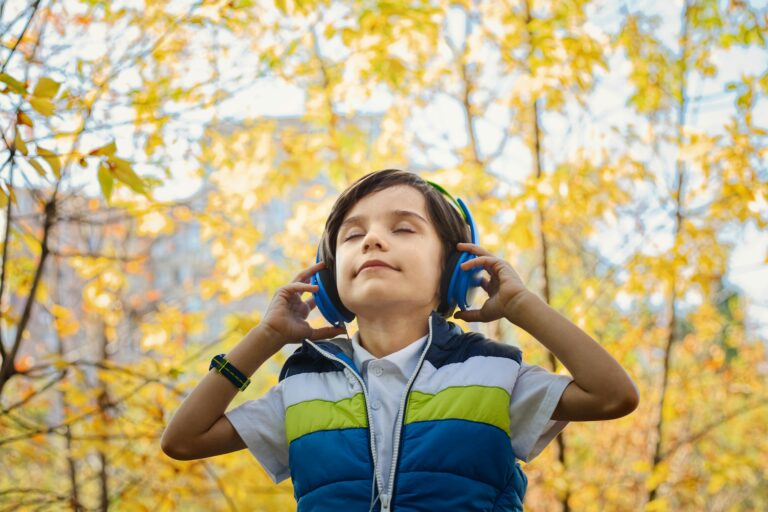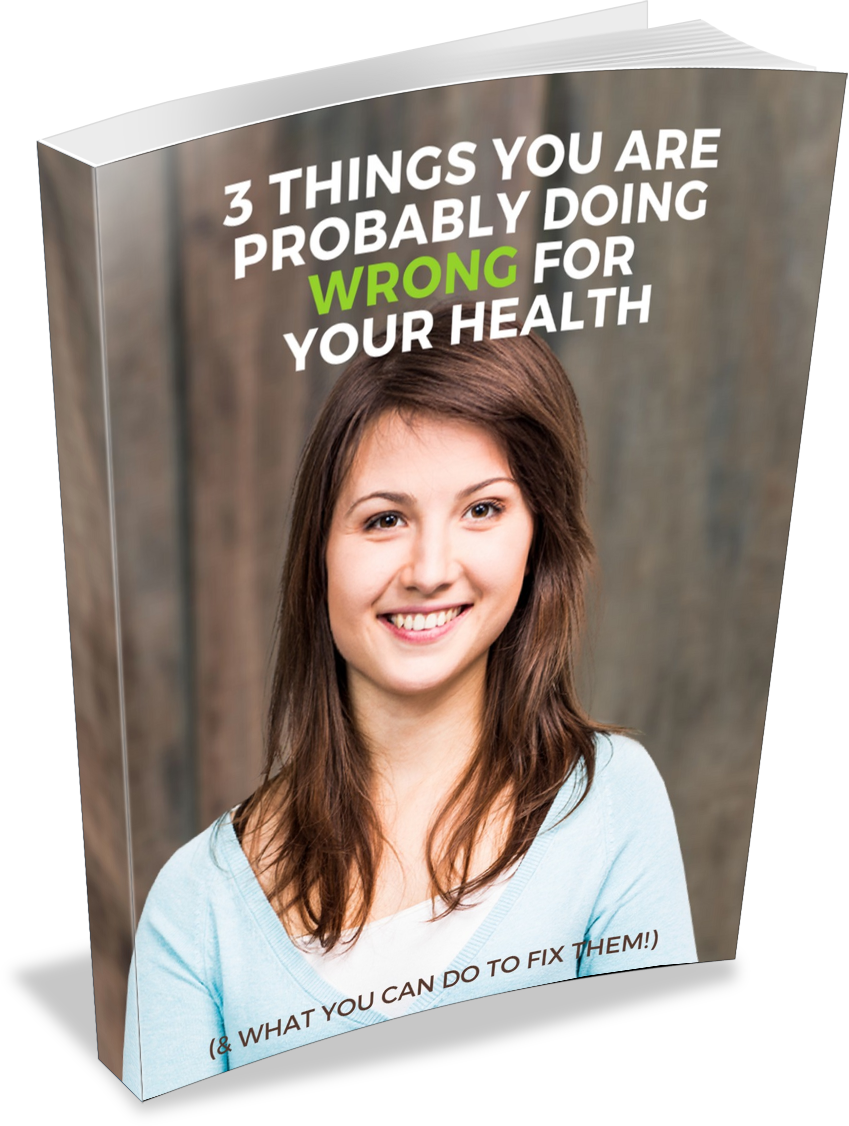High IQ is not a stand-alone quality that sets a child apart nor is it a requirement for a successful future. That said, all things being equal, maximizing your child’s intelligence is not only possible but it’s a “smart” thing to do.
Here’s how it works and the best 15 ways to boost your child’s IQ.
It’s All About The Brain
While tests that measure IQ can be debated, what is generally accepted in this realm is the importance of healthy brain development in children and beyond.
No question there is a massive surge of growth from birth until age 4-5 but it doesn’t stop there as most researchers had once thought.
The brain is plastic; this means it continually integrates new information, experiences, and changes throughout one’s life.
THE POINT… caring for your child’s brain is the foundation for not only IQ, but also millions of other processes required for a healthy and happy life.
While it’s tempting to chalk this “brain stuff” up to genetics, we’re more in control than we may think. It’s time to start considering a lifestyle that incorporates activities to support our brain health not only for its positive benefits today but also for the protective effects later in life.
The Best 15 Ways to Boost Your Child’s IQ
Create A Close Connection
In experiments children more securely attached to their parents scored higher on IQ tests than did insecurely attached parents.
Breast Feed Your Baby
When it’s possible, breastfeeding offers nutritive advantages as well as enhancements in connection that benefit a child’s developing brain.
Let Them Go Deep
Although you may be getting tired of their 30-minute foray into block building, don’t let your boredom pull them away from building their architectural dreamscape. Allowing their brain to “go deep” into the world they’ve created is a brain booster many miss out on.
Praise The Effort
It’s “normal” to fall prey to this parental trap. I’ve done it many times and even though I’m hyper-aware I still do it! Praise the action and effort, not the child.
Instead of saying “You’re a good girl”…say “I love the way you picked up your toys and put them away.”
Without knowing what they did to deserve the praise you risk creating confusion and impacting their self-esteem in a negative way.
Increase Their Dietary Fats
The brain is made of fat and ensuring the body has access to the correct building blocks is essential to its development. Add a high-grade fish oil supplement and don’t shy away from avocados, coconut oil, or butter.
Challenge Their Memory
This could be with games or it could just be by asking them to remember. When you ask them about their day at school don’t let them off the hook with the typical “I don’t remember.”
Let Them Solve Problems & Do It The Hard Way
Stop trying to save them the pain and make their life easier than yours. You’ll be doing a disservice in the long run. Give them a chance to solve problems for themselves and don’t correct them if they want to do it the hard way.
Seek Novelty
The brain learns through new experiences. Take on the task of giving your children opportunities for unique and novel interactions.
Read With, Not To Them
Not only will this increase their brain stimulation but the pro tip here…it’ll boost yours too and increase the chances you’ll stay awake until the end of the story.
Avoid Sleep Deprivation
Miss this one important fundamental and everything else you’re doing right becomes mitigated.
Music
Active involvement with music over passive listening is what really matters and makes the difference. Sing to your child, play or listen to live music, and even add instruments into the mix.
Exercise
Do we really need to talk about this one? Movement is a MAJOR source of brain stimulation and development. It’s a requirement. Movement needs to become a staple in your child’s life.
Peer Group
Who your child spends time with is as big a predictor of IQ as any other factor. Pay attention and be diligent with this one, it matters.
Believe In Them
If you want to boost their self-esteem and build their brain, give them the one thing children want most…your belief in them. Few things will crush your child’s development like a parent who doesn’t think their child has the potential to be successful.
Care For Their Spine
This is a missing link for most kids. Although science reinforces the role of the spine’s movement in healthy brain development, few are up to date with this knowledge and even fewer understand the role of a chiropractor in supporting this process.
Start by auditing your existing “brain boosting” activities.
Are there ones you already do?
Are there things you need to change right away?
Dr. Steven Gall has been offering exceptional chiropractic care to infants, children and adults for over 25 years. He has spent his life learning, and improving his knowledge, skills and ability to provide his care. As a public speaker and health coach he strives to assist people in seeing and attaining a life of extraordinary health. Contact the office to join others who have started the same journey.







